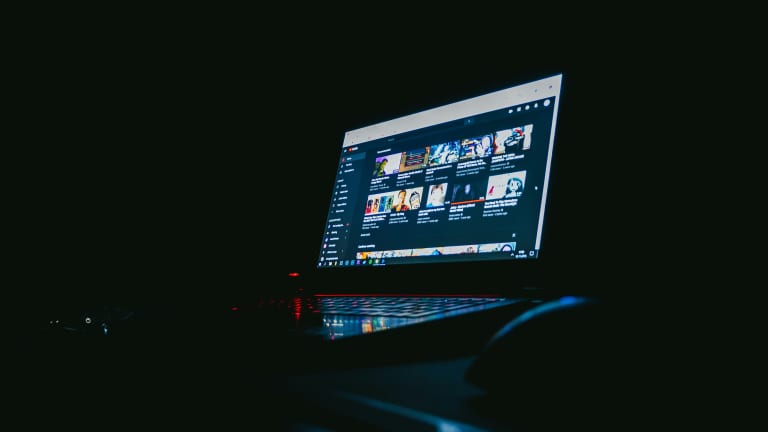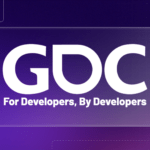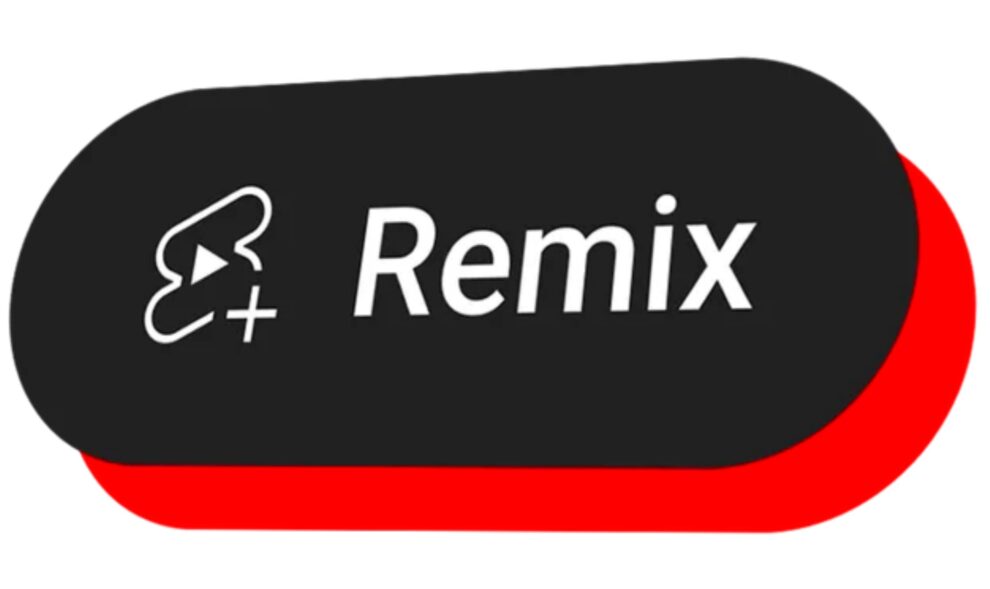YouTube is pushing the boundaries of artificial intelligence in music creation with an experimental new tool that could transform how creators approach musical content. Building upon its existing Dream Track technology, the platform is rolling out an innovative AI-powered remix feature that promises to let content creators reimagine songs across different genres with unprecedented ease and flexibility.
The groundbreaking tool, currently being distributed to select content creators, represents a significant evolution of YouTube’s AI music capabilities. It builds upon the foundation laid by Dream Track, which was launched last year with backing from an impressive roster of musical talent including Charli XCX, Demi Lovato, John Legend, Sia, T-Pain, and Charlie Puth, who have all licensed their vocal signatures for use within the system.
At the heart of this new technology lies Google’s sophisticated Lyria large language model, which powers the system’s ability to understand and transform musical compositions based on text prompts. The technology functions similarly to AI image and video generators but operates in the audio domain, creating unique musical arrangements that can dramatically reimagine existing songs in entirely new styles.
The system’s capabilities are remarkably versatile, allowing creators to transform songs across widely different musical genres. For instance, users could potentially convert a contemporary pop song into a reggaeton rhythm, or reimagine classical pieces like the 1812 Overture as heavy metal anthems. This flexibility opens up new creative possibilities for content creators looking to differentiate their content with unique musical arrangements.
YouTube has designed the tool with content creators specifically in mind, particularly those producing Shorts videos. The system generates 30-second soundtracks based on the original song and the user’s stylistic preferences, providing quick access to unique, customized background music. This approach could revolutionize how creators soundtrack their content, moving beyond traditional library music or trending songs to create truly distinctive audio experiences.
Transparency appears to be a key priority in the implementation of this new feature. YouTube has committed to maintaining clear attribution lines, ensuring that all AI-generated tracks will be explicitly labeled as such. Each restyled track will include clear references to the original song, both within the Short itself and on the Shorts audio pivot page, maintaining transparency about the AI’s role in the creative process.
However, questions remain about the technical safeguards that will be implemented to protect against potential misuse. While Google has confirmed that all AI-generated content will be clearly labeled, there’s currently no confirmation about whether the company’s SynthID watermarking system will be applied to these musical creations. This consideration becomes particularly important as the lines between human-created and AI-generated content continue to blur.
The introduction of this tool reflects the rapidly evolving landscape of AI in creative industries. By positioning the feature as a “co-producer” rather than a replacement for human creativity, YouTube appears to be striking a balance between technological innovation and artistic integrity. This approach could help address concerns about AI’s impact on creative industries while showcasing its potential as a tool for enhancement rather than replacement.
The selective rollout to content creators suggests a cautious approach to implementation, allowing YouTube to gather feedback and refine the system before a broader release. This strategy could help identify potential issues and ensure the tool meets the needs of its intended audience while maintaining appropriate safeguards for copyright and attribution.
The implications of this technology extend beyond simple remixing capabilities. By democratizing access to sophisticated music production tools, YouTube could be laying the groundwork for a new era of creative expression where the boundaries between musical genres become increasingly fluid. This could lead to the emergence of entirely new hybrid musical styles and creative approaches to content creation.
For the music industry, this development represents both an opportunity and a challenge. While it opens new avenues for musical experimentation and content creation, it also raises questions about intellectual property rights, artistic attribution, and the future of music production in an AI-enhanced world. The success of this tool could influence how other platforms approach AI integration in creative tools and shape the future landscape of digital content creation.
















Add Comment